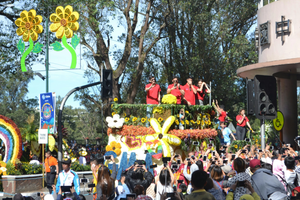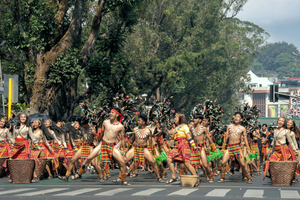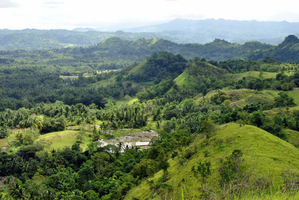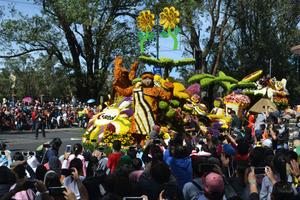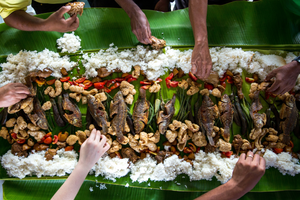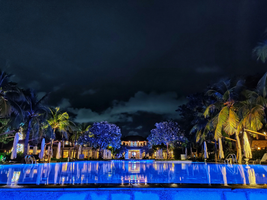Traditional Costumes of the Philippines: A Festival Perspective
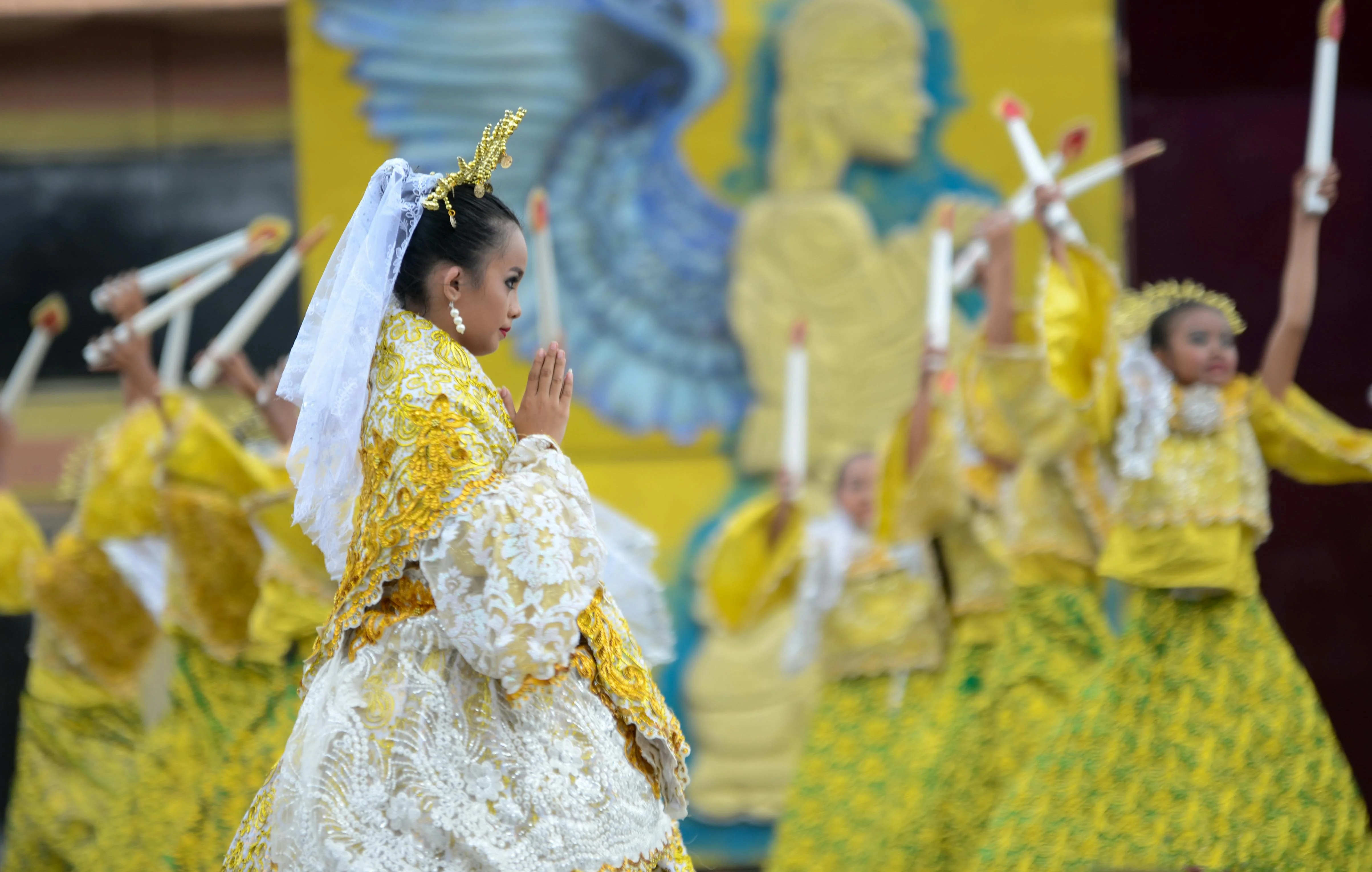
When you think of festivals, you might imagine works of art manifested in parades, music, and food. However, in the Philippines, an integral part is the vibrant spectacle of traditional costumes that tell stories of legacy, spirituality, and identity. Are you a traveler seeking authenticity through cultural immersion? Let's unravel the rich tapestry of Filipino festival attire, focusing on Cebu's unique offerings.
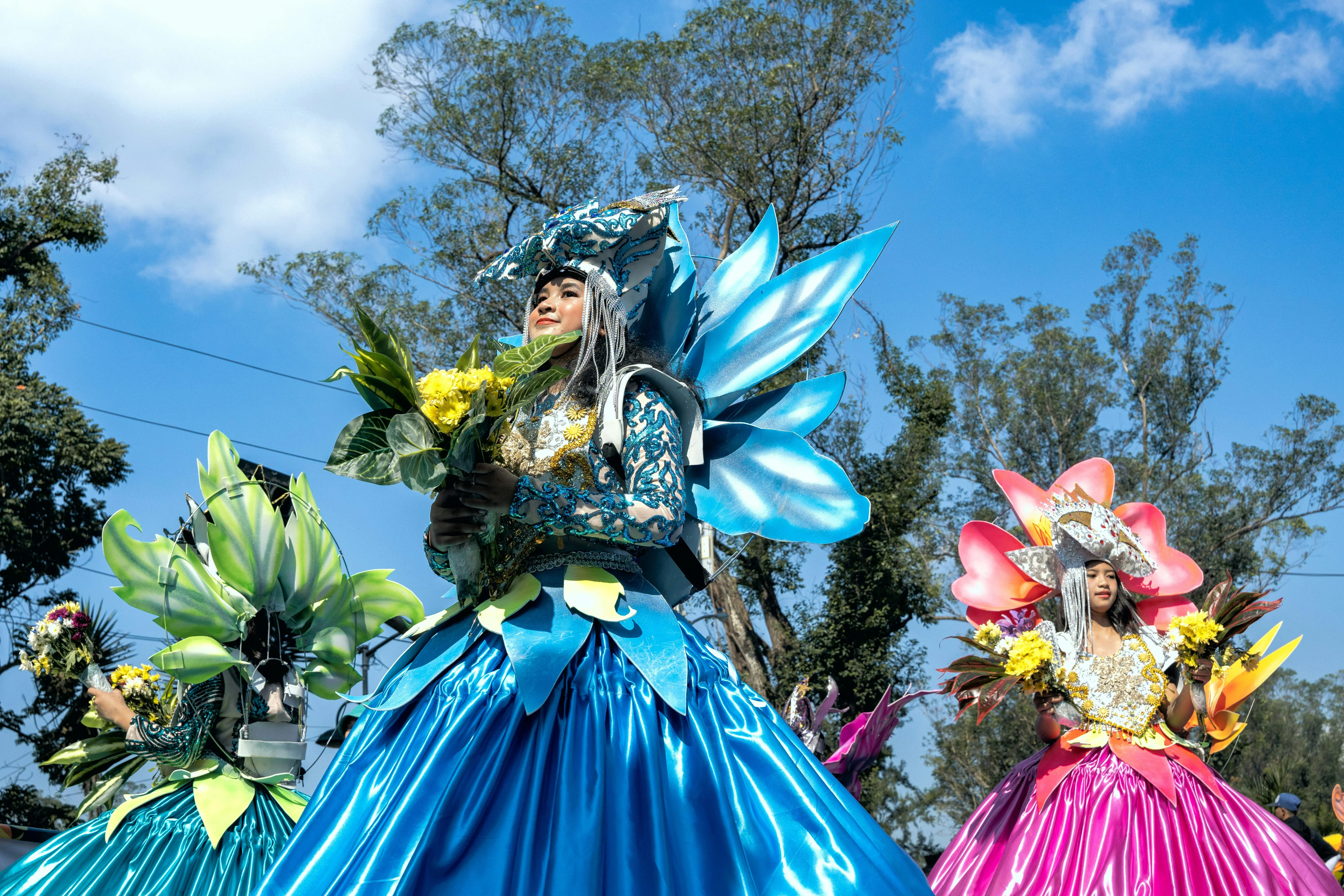
A Fusion of Traditions and Faith
The Philippines, with its archipelagic geography, is home to over a hundred ethnic groups, each with distinct cultural expressions. Traditional costumes symbolize not just aesthetics but the diverse spiritual beliefs and practices that have been passed down through generations.
The Sinulog Festival: Cebu's Spiritual Procession
At the heart of Cebu's cultural identity, the Sinulog Festival is more than just a celebration—it's a pilgrimage. Held every January, it commemorates Cebu's patron saint, Santo Niño, embodying deep-rooted Catholic faith mixed with indigenous rituals. Participants don intricately designed costumes, blending tribal elements with modern touches. The vibrant attire is characterized by vivid colors—reds, yellows, and greens—reflecting the celebratory spirit while paying homage to the dance ritual's storied past.
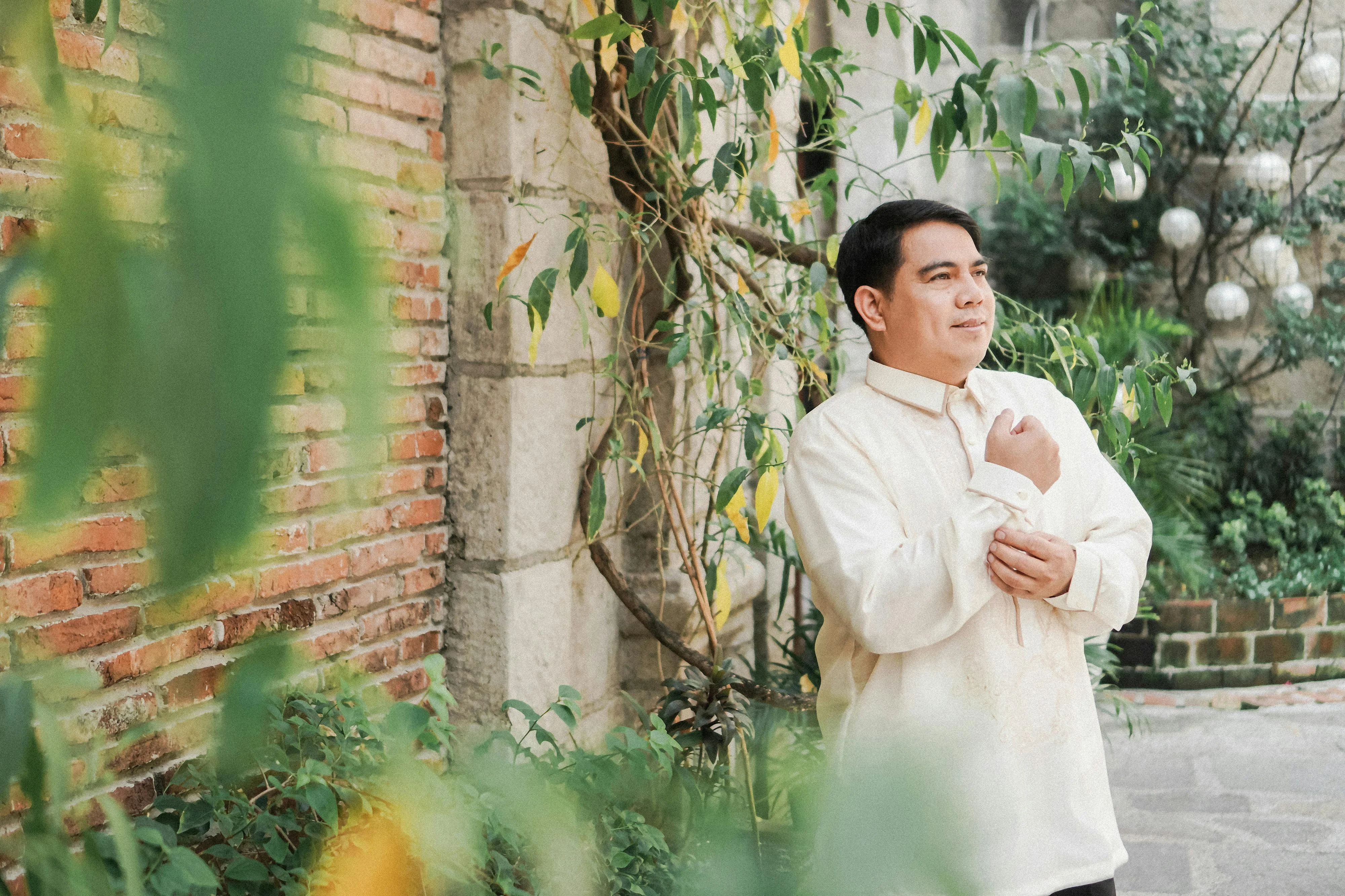
Cultural Heritage: The Fabric of Filipino Festival Attire
Understanding Filipino festival costumes requires acknowledging the country's diverse influences, from indigenous tribes to colonial pasts.
Weaving Tradition: The T'nalak and Barong
The T'nalak, a traditional cloth woven by the T'boli people of Mindanao, finds its place in many festival costumes throughout the Philippines. This hand-woven fabric symbolizes dreams and is brought to life through intricate patterns.
In contrast, the Barong Tagalog, often worn in formal settings and festivals, embodies a Spanish colonial influence. Traditionally made from pineapple leaf fabric (piña), it showcases the nation's ability to adapt foreign influences into local culture seamlessly. Even at festivals, these traditional attires reflect a blend of various heritages, bringing a unique Filipino identity to the global stage.
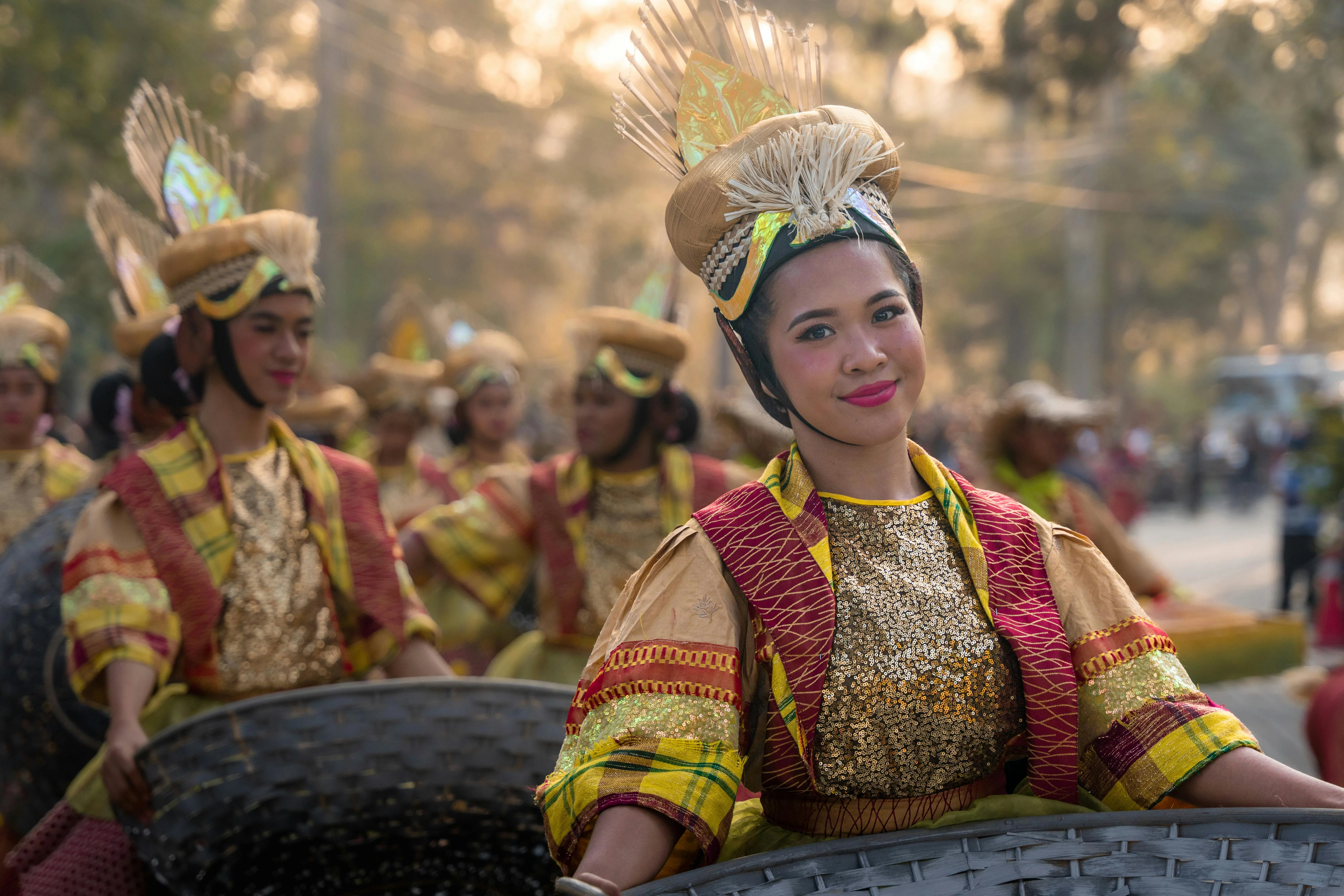
The Role of Costumes in Cultural Preservation
Beyond the aesthetic appeal, festival costumes in the Philippines serve as educational tools. They are a visual narrative of history and a reminder to preserve cultural practices in an increasingly modern world.
Encouraging Cultural Awareness
For tourists, understanding the stories behind these attires enhances cultural awareness and respect. When visiting events like Cebu's Sinulog Festival, engaging with locals about the meaning of their costumes provides deeper insight into societal values and spiritual practices.
By wearing these costumes, Filipinos express pride in their identity. It reinforces unity within communities, preserving traditions for future generations to appreciate and carry forward.
Conclusion: Embrace the Diversity of Filipino Festival Attire
In the cosmopolitan heart of Cebu or the rural provinces across the Philippines, traditional festival costumes are more than just garments—they're bridges connecting past to present, people to place, and beliefs to tangible expressions. For pilgrimage travelers, they offer a vivid window into the soul of Filipino culture, blending spirituality with a celebratory spirit.
Embrace the diversity and spirituality embedded in these vibrant attires. Let them guide your exploration of the Philippines' mesmerizing cultural landscape, starting with the enchanting streets of Cebu.
